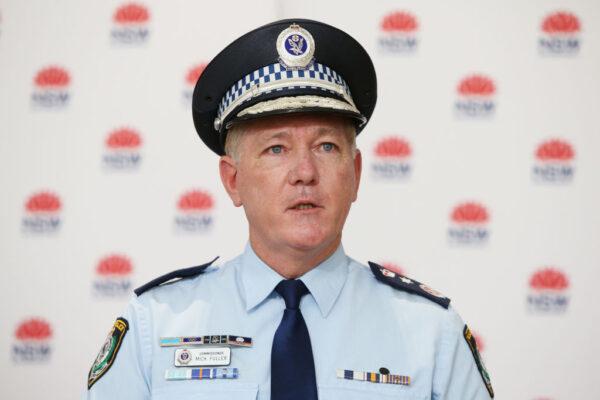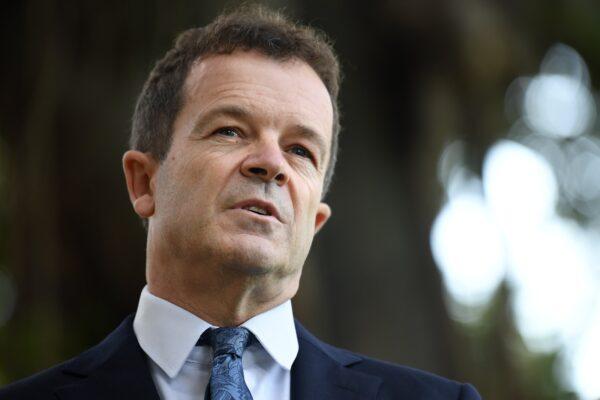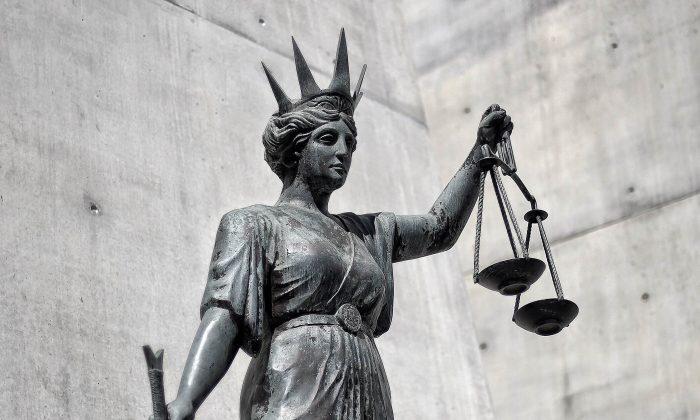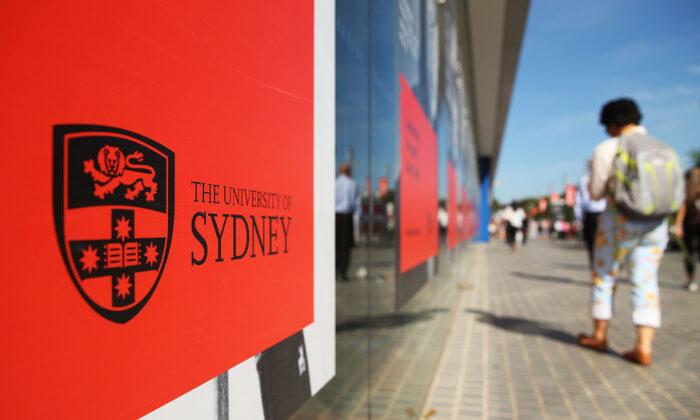How can Australians have trust in our institutions if governments can be hoodwinked into passing draconian legislation as a result of false, misleading statistics?
Last year, debate over controversial sexual consent laws passing through the New South Wales (NSW) parliament was dominated by false statistics on sexual assault that wrongly claimed five times more sexual assaults than what was actually reported and underestimated ten-fold the proportion of such cases determined in court.
Those inaccurate statistics, published on the Law Reform Commission website, were widely used to scare parliamentarians and the public into believing that our criminal justice system was failing rape victims.
It has now been proved that the commission knew their data was wrong before the legislation was introduced but kept quiet. Within two weeks of the bill being passed, they suddenly published a correction on their website.
Was this timing a coincidence or a deliberate tactic to ensure the smooth passage of these new laws?
In March last year, I questioned the shockingly low figure of 2 percent, which was being claimed as the conviction rate for rape cases in NSW, showing the data suggested a very different picture, with every effort being made to push sexual assault cases through to trial.
Greg Andresen, one of the most tenacious researchers, working on men’s issues, spent the next nine months on the case, starting with writing to the NSW Bureau of Crime Statistics and Research (BOCSAR), which collects most of the relevant data, seeking clarification.
BOCSAR confirmed they had no idea where that 2 percent figure had come from, and Andresen embarked on an investigation seeking to ascertain the accurate statistics.

At the heart of the problem was a 2020 NSW Law Reform Commission Report on the proposed sexual consent legislation, which recommended against the enthusiastic/affirmative consent laws promoted by NSW Attorney-General Mark Speakman.
But the feminist lobby seized upon a key statistic included in the Commission’s publication which claimed that only 3 percent of people alleged to have committed sexual offences ended up with a finalised charge.
Note that he’s talking about guilty verdicts, which are naturally less than the finalised charges, which include unsuccessful cases. But either way, the tiny numbers are far off the mark.
The commission screwed up big time, misrepresenting the true number of reported sexual assault incidents by a factor of more than five, which meant the proportion of persons of interest who faced a finalised charge for sexual offences was ten times what they claimed.
It took Andresen nine months to get the authorities to acknowledge they’d published misleading data.
The commission wrongly claimed five times as many cases of sexual assault incidents as were actually reported (14,171 vs 2,549).
The proportion of reported sexual offence cases determined in court was 10 times more than the commission first claimed—a leap from 3 to 30 percent.
There were 323 sexual assault guilty verdicts: that is, 12.7 percent of reported incidents led to a guilty verdict, not the 2-3 percent initially claimed.
Sexual assault is being treated very seriously. BOCSAR figures show mean custodial sentences for sexual assault are among the highest of all offences, with 57 percent of those convicted receiving custodial sentences. From March 2013 to September 2021, the number in prison for sexual assault more than doubled.
These statistics are readily available, yet our media and politicians instead chose to spend six months spreading alarmist misinformation based on the commission’s wildly inaccurate statistics.

Thanks to Greg Andresen’s efforts, the relevant authorities were made aware that the commission had misled the public by late September last year.
The commission acknowledged that BOCSAR was preparing a response to Andresen’s enquiry—a tacit admission that they knew they had got it wrong.
“We expect to have it finalised this week,” a BOCSAR analyst told Andresen on Oct. 18.
On Nov. 18, Andresen contacted BOCSAR to check on progress. The analyst claimed there’d been “some complexity in resolving the differences between the figures.”
On Nov. 23, the legislation sailed through parliament. Within two weeks, the detailed correction had suddenly appeared on the Commission’s website.
Game over.
The Law Reform Commission failed in their duty to inform the parliament prior to the debate of the sexual consent bill that the report they tabled in November 2020 contained major errors.
It is shocking that the commission was aware that this grossly misleading data was manipulating parliamentarians into believing the criminal justice system required drastic reform—and yet they did nothing.






Friends Read Free